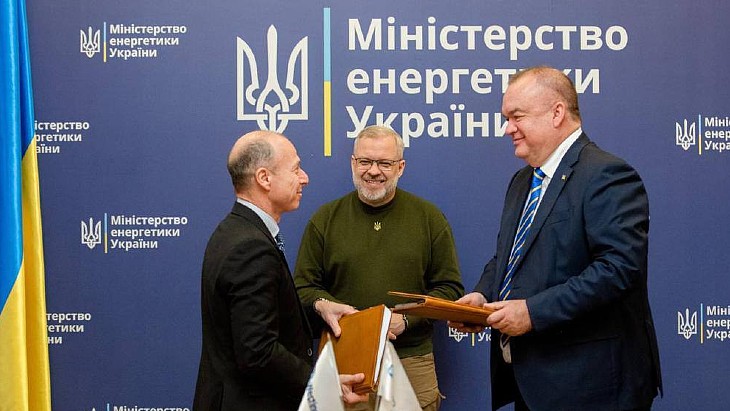
Halushchenko said that Ukraine was working closely with Westinghouse for the construction/completion of the third and fourth units, based on VVER-1000 technology, as well as the construction of two completely new units using Westinghouse's AP1000 technology.
Because the third reactor is already more than half completed, he estimated that it could come into operation in as little as two and a half years. The others will take longer, the energy ministry quoted him as telling Ukrainian television, but when completed "with the power that the six reactors at the Khmelnitsky will be able to produce, it will be the largest in Europe and even more powerful than Zaporizhzhia".
He added: "We consider this as a mechanism for compensating for the capacities of the occupied Zaporizhzhia nuclear power plant. We understand that we will definitely return this station, it's just a matter of time. Another question is in what condition we will return it and whether we will be able to put it into operation right away."
Ukraine has 15 nuclear units generating about half of its electricity, including the six at the Zaporizhzhia nuclear power plant which has been under Russian military control since early March 2022. Khmelnitsky's first reactor was connected to the grid in 1987, but work on three other reactors was halted in 1990, at a time when unit 3 was 75% complete. Work on the second reactor restarted and it was connected to the grid in 2004 but units 3 and 4 remain uncompleted.